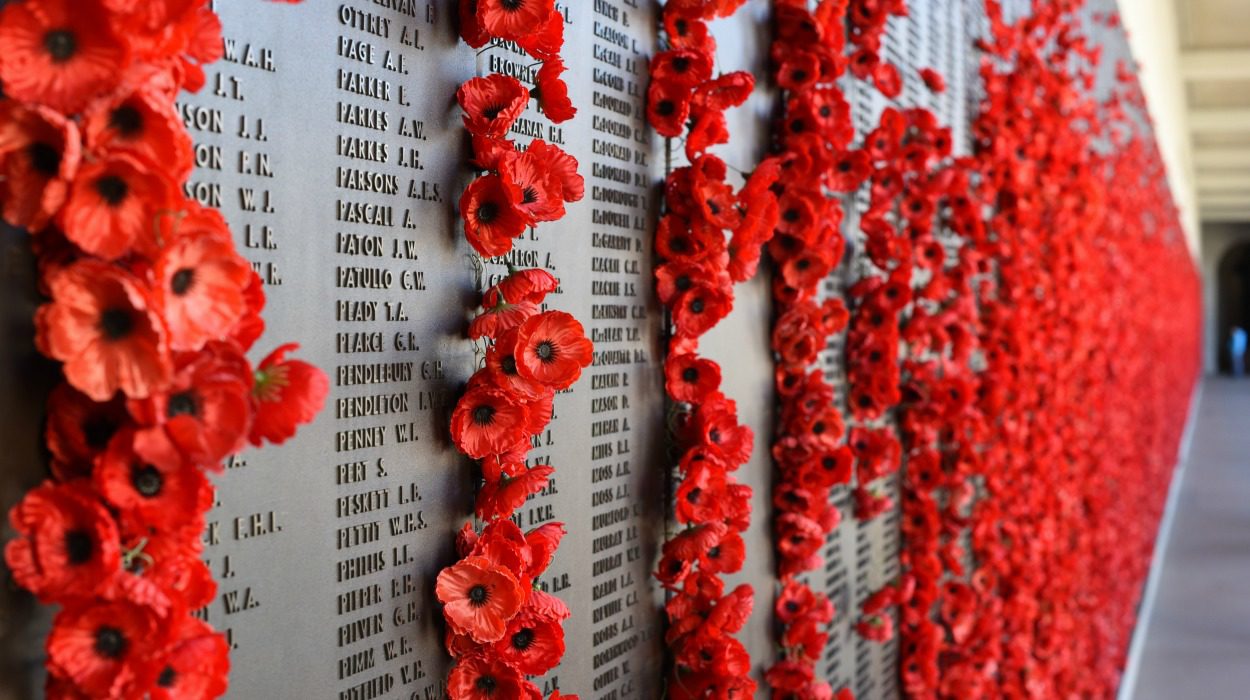
Remembrance Day can be an uneasy time for journalists. Outside the RRJ’s journalism-obsessed confines, the media is not usually the story. But part of the story of Remembrance Day, uncomfortable though it may be, is a story about this country’s news media. Historians have spent decades telling it, and it’s worth considering while reading this year’s coverage of Remembrance Day.
It all starts with World War One—quite literally so, as Remembrance Day is an outgrowth of Armistice Day. On the home front, the war was fought under the War Measures Act, which was backdated to 1914. Under threat of fines and imprisonment, the act limited speech that might threaten the war effort. It was amended in 1915 to create a Chief Censor’s office, which could listen in on phone conversations and bar films from entering Canada.
The challenges for journalists, however, ran deeper. “Canadian culture was uniquely primed to unquestioningly accept the word of the state,” writes Kate Barker, a professor at Ryerson, in a paper on the role of Canadian war correspondents. “Not even the press provided an alternative view.”
Indeed, coverage of the war’s most famous battles frequently served to reinforce a uniformly heroic narrative. In 1914, Cabinet appointed newspaper publisher Max Aitken as the nation’s official “Eye-Witness” at the front. Media access to the front was scarce and Aitken’s mandate did not prioritize accuracy. “When it suited his purposes, he staged shots and included them in the official war records,” Barker writes. “One widely circulated photo of Canadian troops supposedly in action at the Somme was actually taken behind the lines.”
This loose relationship with reality was borne out in many Canadian headlines at the time. “Allies continue to push Germans back,” read the headline in the British Whig—now known as the Kingston Whig-Standard—on July 4, 1916, a few days into the battle of the Somme. There was, however, scant evidence to suggest that the line had actually advanced. Similarly, Canadian headlines emphasized foreign casualties at the expense of the domestic body count. Thus, the Halifax Herald’s July 6 headline proclaimed “German losses in Battle of Somme, 60,000.” The deaths of 6,000 Canadians at the Somme were not headline fodder.
The pattern continued at the battle of Vimy Ridge. Saturday Night used the headline “Tangible victory at Vimy Ridge” in its coverage. This sort of hyperbolic victory existed despite the absence of reporters on the frontlines; it consisted of rewritten military reports. This approach to covering the war ignored the tremendous human toll of Vimy Ridge and its exceedingly limited effect on the course of the war. “While the Canadian press trumpeted an unprecedented military disaster as victory,” Barker writes, “its patriotic enthusiasm for an actual military success story was unparalleled, and often, no more accurate than its Somme coverage.”
This isn’t to excoriate journalists for actions committed nearly a century ago, under adverse circumstances. Professional standards and laws change with time. But we are still living with the legacy of these reports. They inform what we choose to remember, and how we remember it. Remembrance Day grew out of commemorations for World War One that, in part, celebrated pyrrhic victories. The discourse around war and Canada’s military history will be better if we remember that.